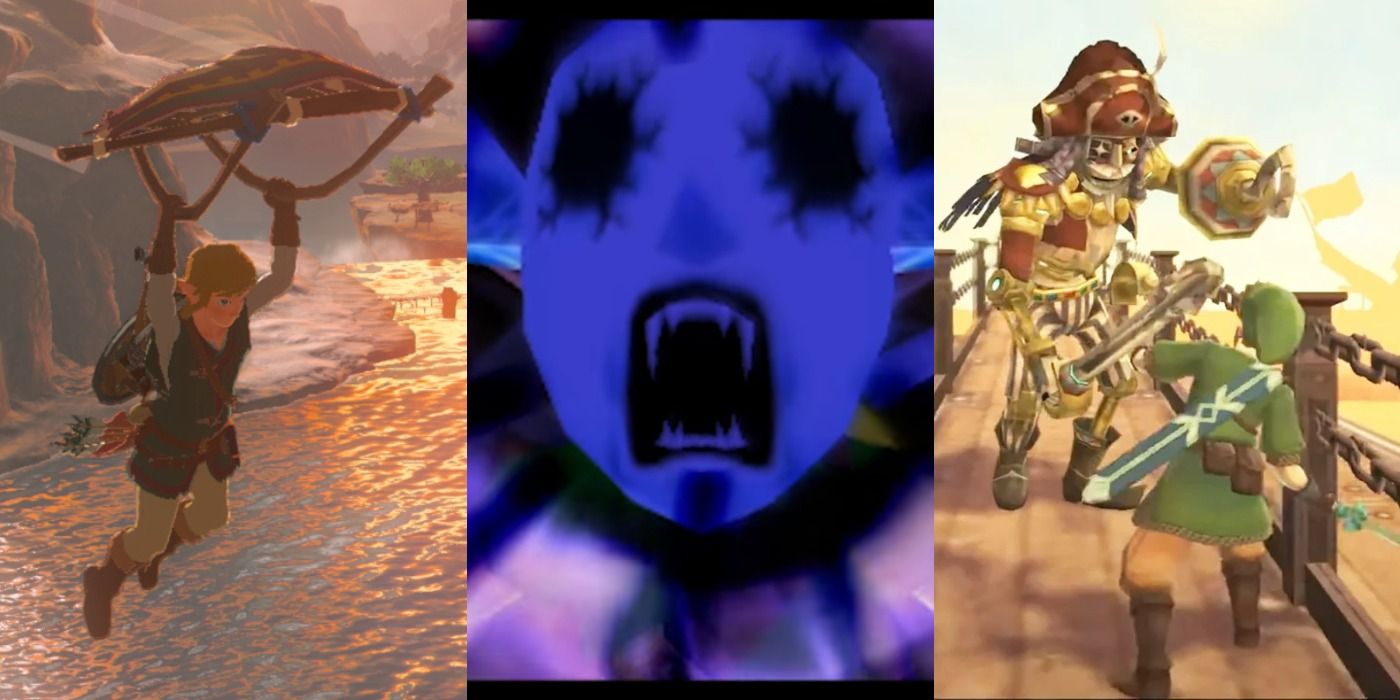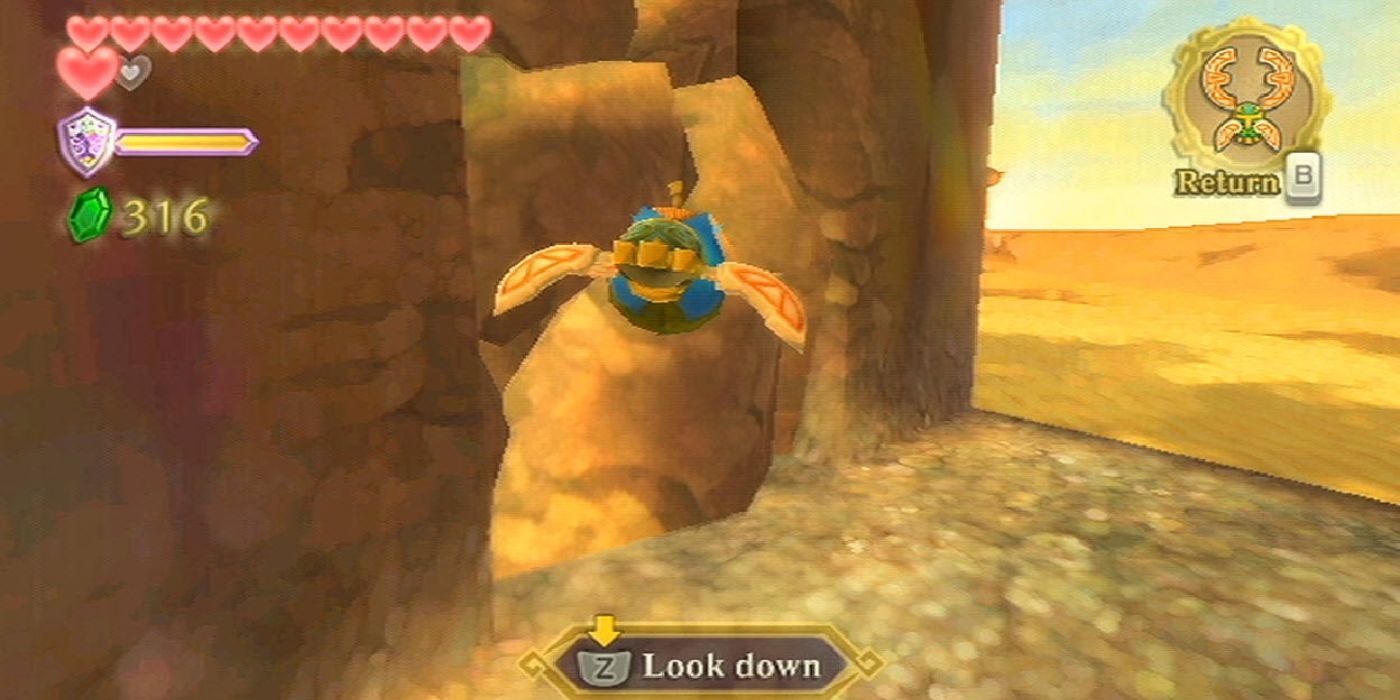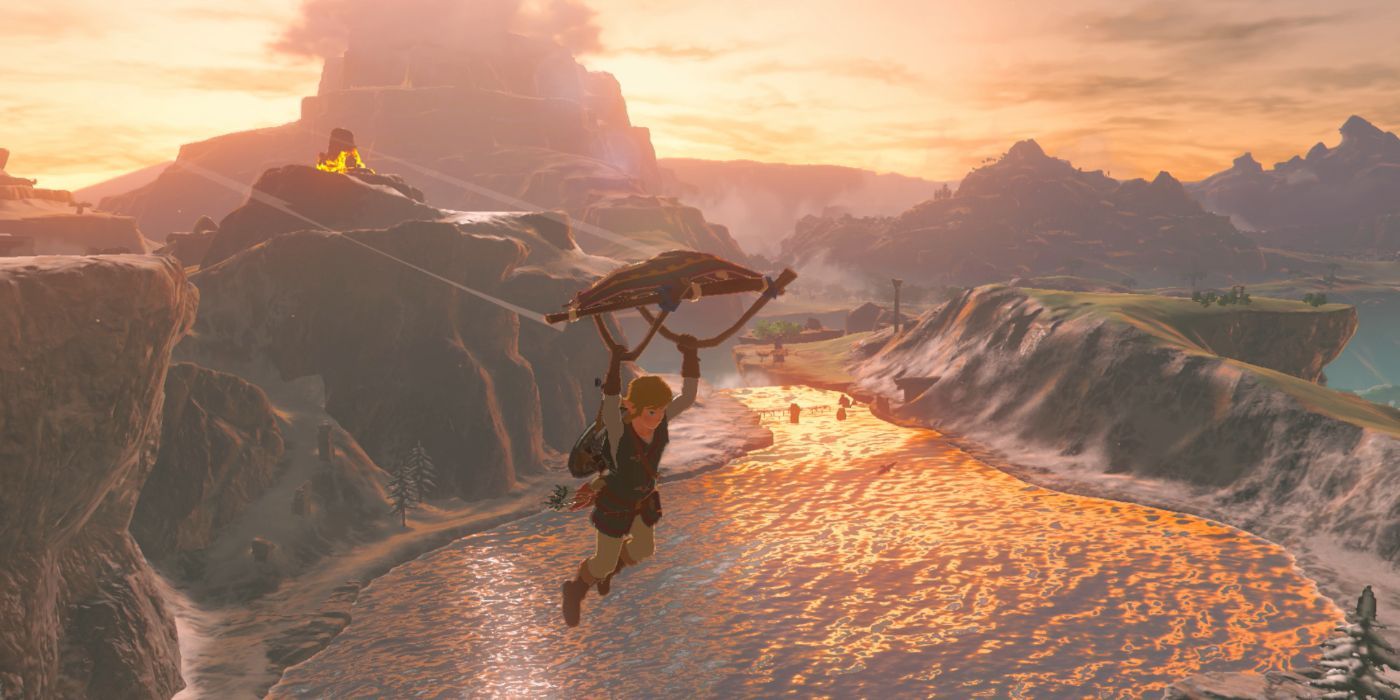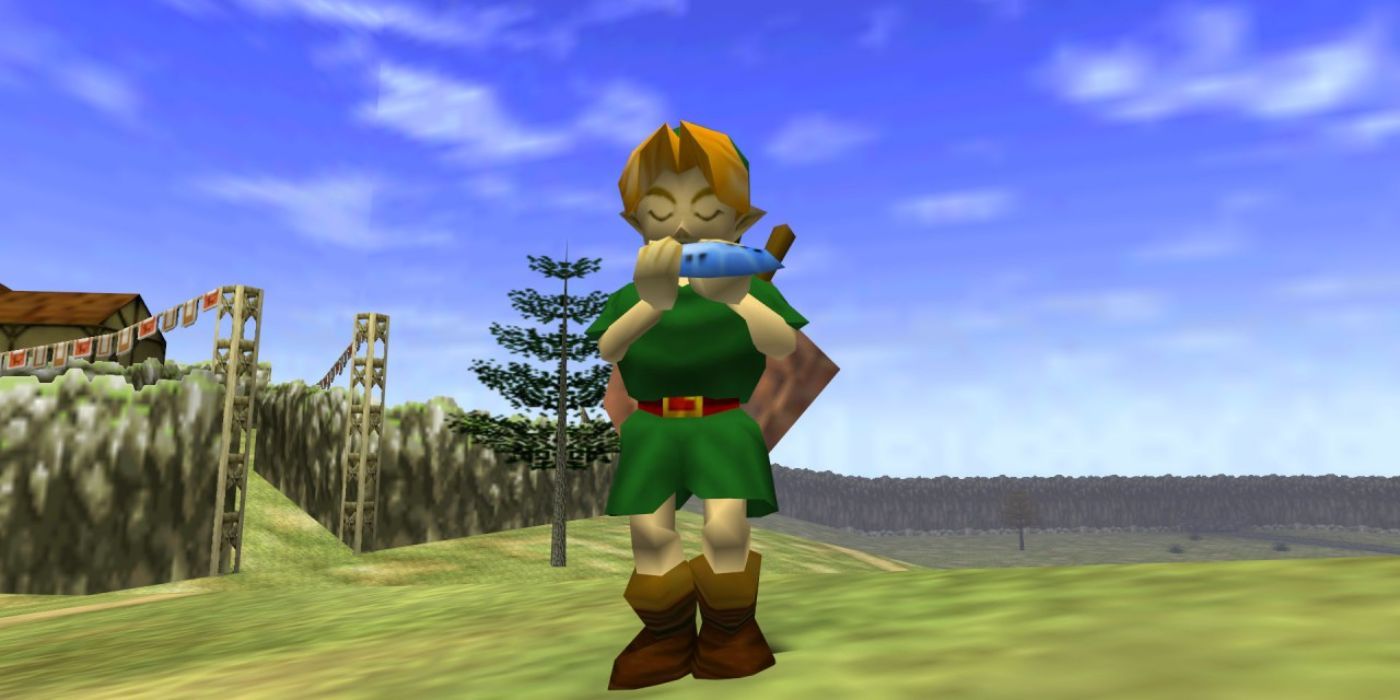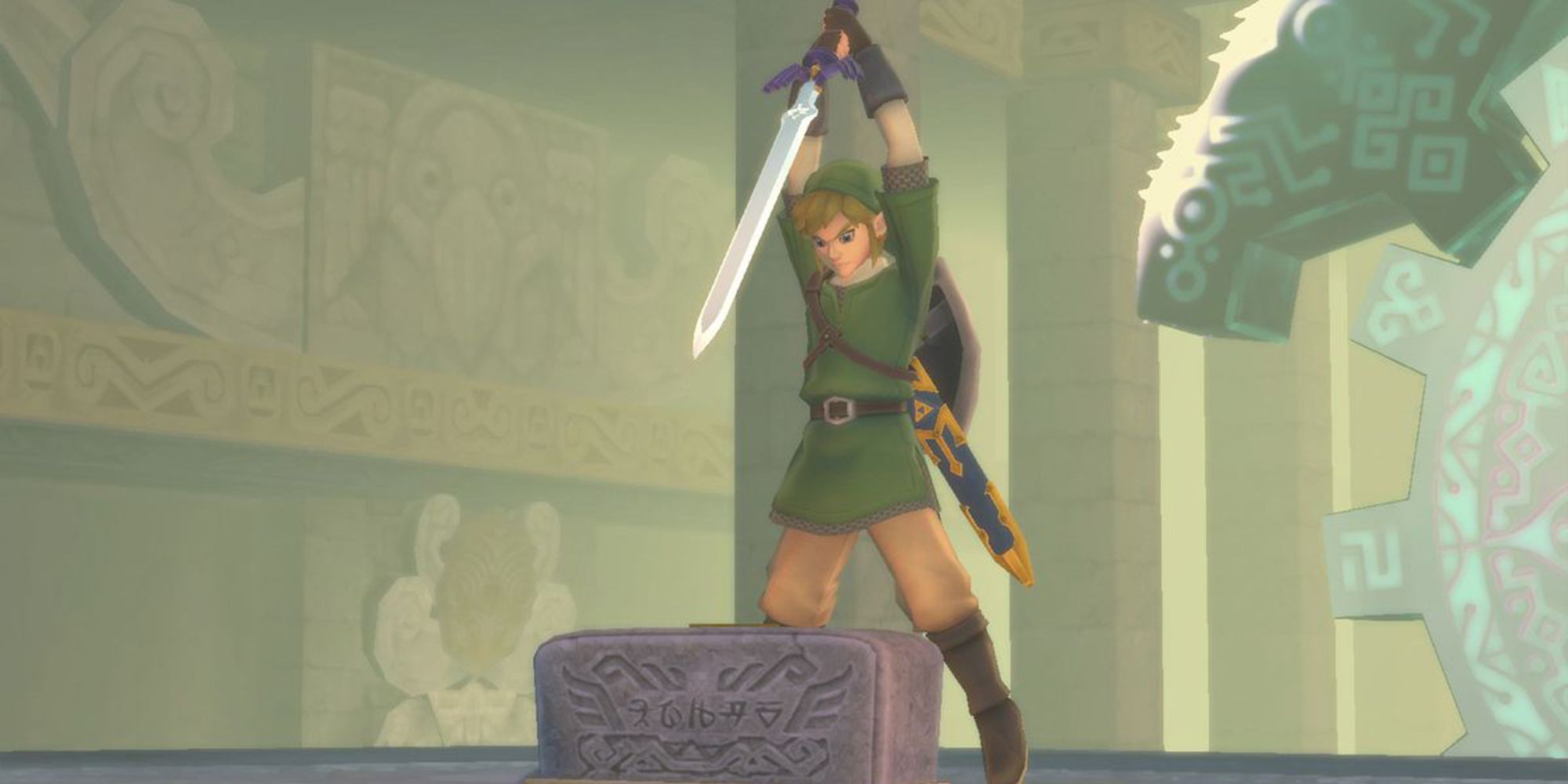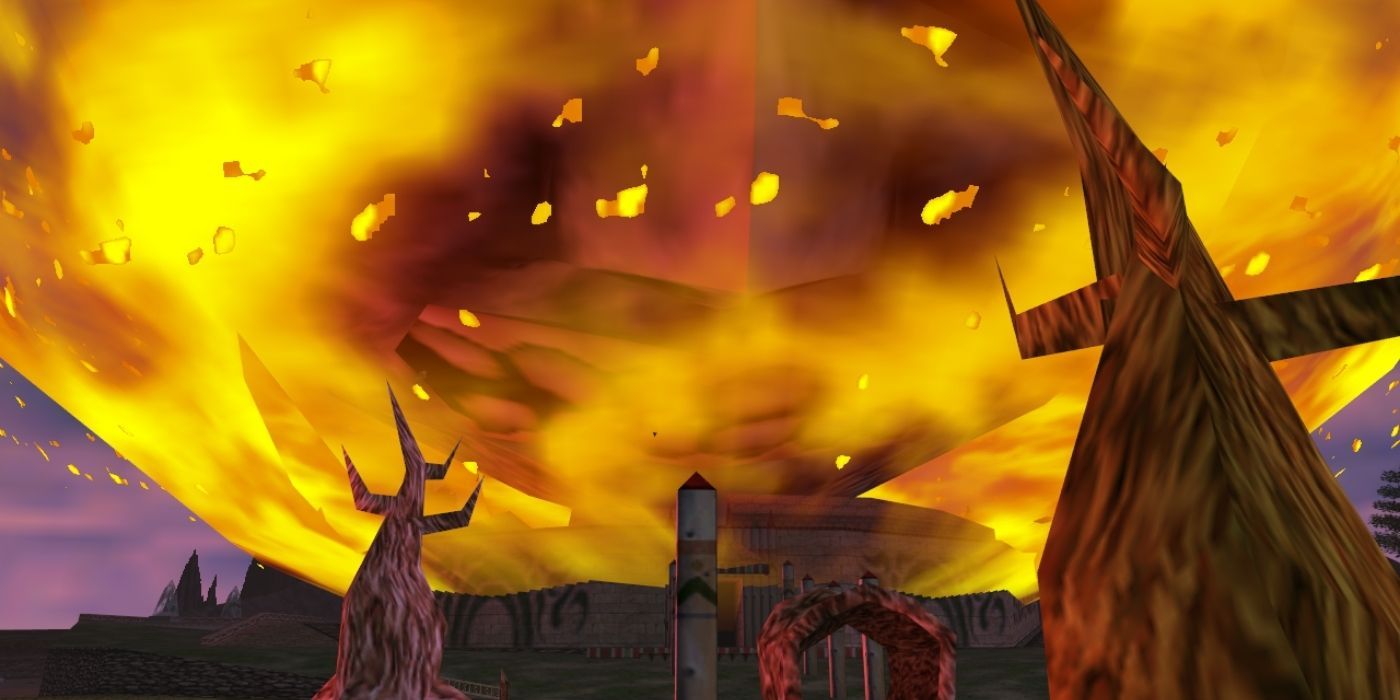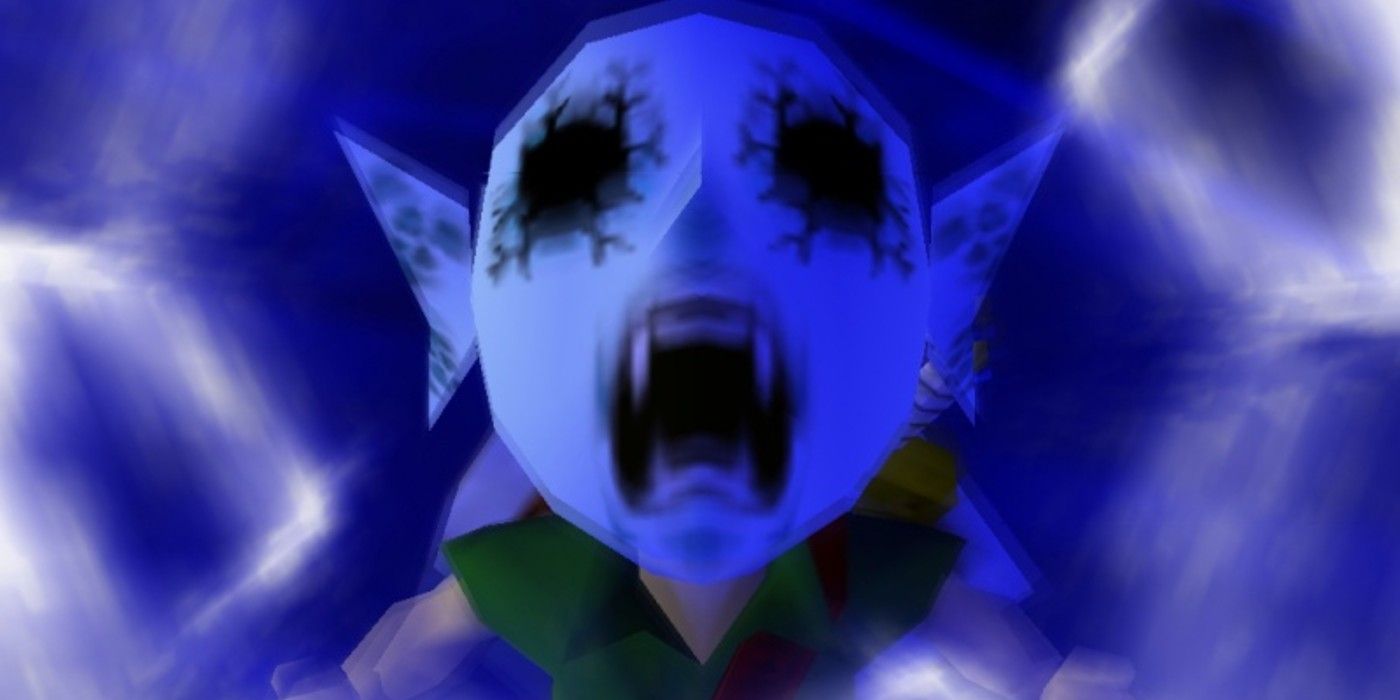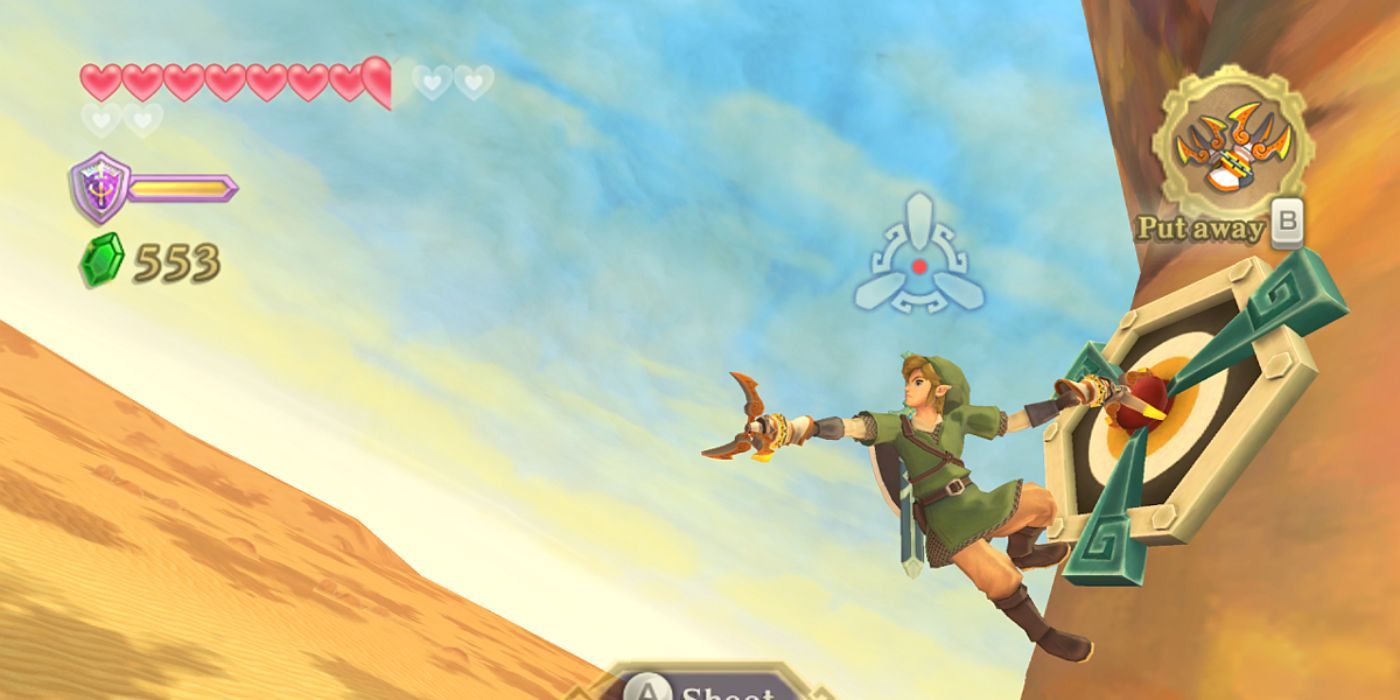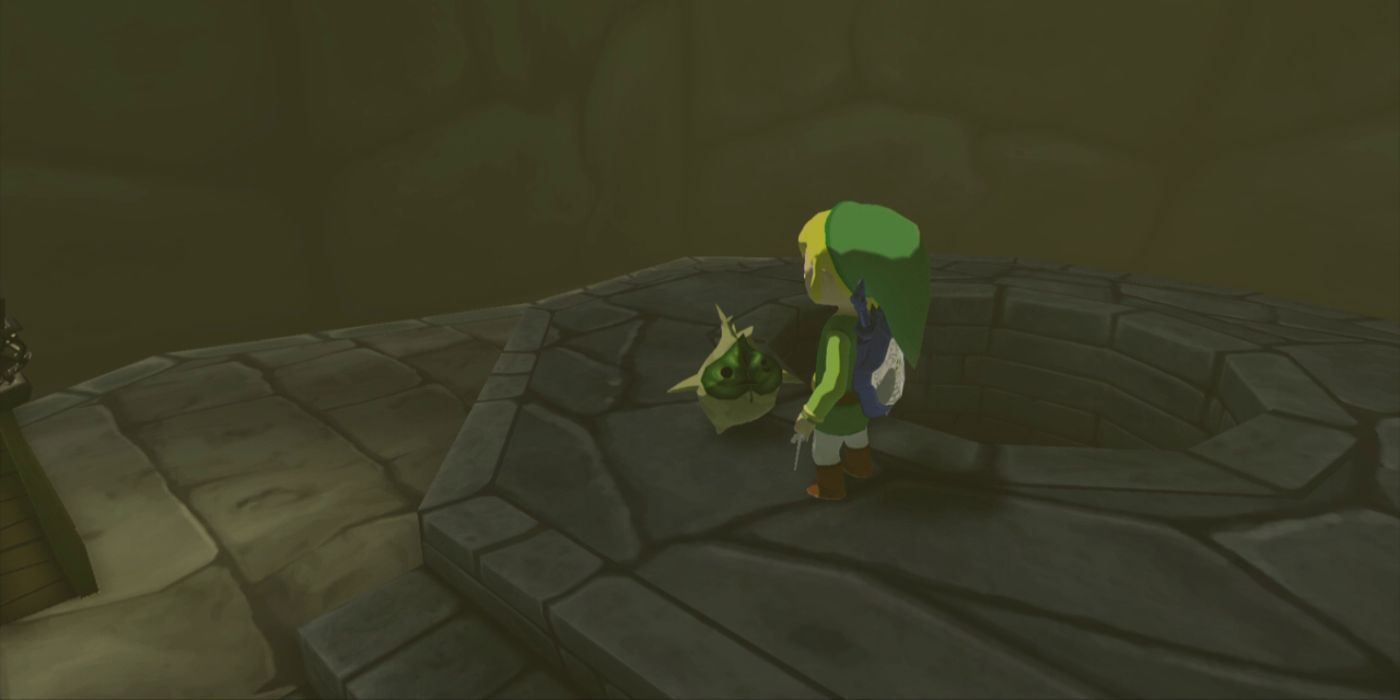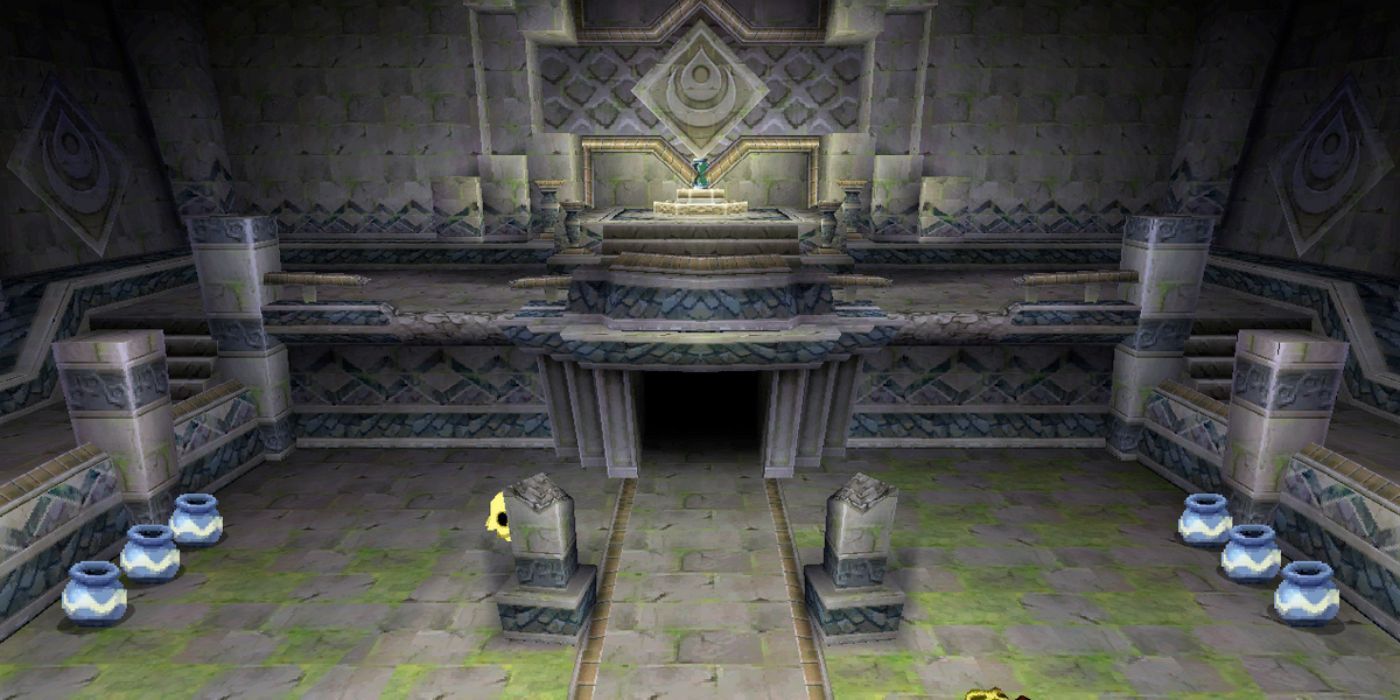Since its inception, The Legend of Zelda franchise has been characterized by the inclusion of numerous gameplay elements that elevate it above traditional fantasy-adventure games. Even more impressive is how Nintendo is able to reinvent and build upon these mechanics to create an experience that is both innovative and rewarding.
A great game mechanic is not only clever, however; it adds fun and new dimensions to the overall game. In all, there are too many interesting dynamics to list, but several rise above their peers as standout gameplay mechanics that characterize one of the greatest video game franchises in history.
Beetle Drone (Skyward Sword)
This clever puzzle mechanic gives players control over a small scarab capable of flying into hard-to-reach places and triggering switches. Some of Skyward Sword's most enjoyable moments employ the use of this mini-game-like tool. Nintendo further ups its game by allowing players to upgrade their Beetle with item-grabbing mandibles and speed-boosting wings that become necessary as the puzzles increase in difficulty. Skyward Sword perfected this dynamic, but it was first introduced in 2002's Wind Waker with the hyoi pears, which allowed Link to assume control of nearby seagulls.
Open-World Exploration (Breath of the Wild)
Though open-world gameplay first appeared as an industry-defining element of Ocarina of Time, 2017's Breath of the Wild features an exponentially more expansive environment that players can explore. Indeed, this version of Hyrule is big -- bigger than the maps for Ocarina of Time, Wind Waker, Twilight Princess and legendary open-world game Skyrim combined. It would be easy to make an overworld large for its own sake, and numerous games attempt to do just this with expansive but uneventful landscapes that facilitate pointless meandering. Breath of the Wild never falls into this trap with an event-filled world that organically shepherds the player toward meaningful discoveries -- a quality that runs in the Zelda franchise's veins.
The Arts As Gameplay (Series-wide)
A much-lauded quality of the Zelda games has always been its inclusion of music, dance, and the visual arts. Whether playing a magical song on an ocarina or inspiring the townsfolk with dance, The Legend of Zelda features a noteworthy emphasis on the fine arts in its gameplay. This is a surprisingly rare quality among games, and to this day, Nintendo has little competition with implementing the arts in the fantasy-action genre.
The impact of having gamers play music in-game can't be overstated, with tunes from the franchise heard everywhere from high school band rooms to lo-fi mixtapes across the world. It's a lasting testament to the Zelda series' unparalleled ability to harness the fundamental and often elusive gameplay components inherent to the performative arts.
Swordplay (Skyward Sword)
Of all the ways in which Skyward Sword innovated Legend of Zelda's gameplay mechanics, none is more memorable than the implementation of the WiiMote to motion-capture Link's sword movements. A gameplay concept inherent to the Wii's design, this design brought The Legend of Zelda's combat to a new level of immersion, allowing players to slash, parry, and riposte through bokoblins and lizalfos to their hearts' content. This is most palpable during boss fights with Ghirahim and Demise, both among the hardest bosses in the Legend of Zelda franchise, which requires players to employ all of their sword-fighting prowess. Despite some early kinks, the implementation of the controller as a sword was remarkably smooth for its time and reflects Nintendo's trendsetting excellence in innovation.
Consequential Passage of Time (Majora's Mask)
Despite first implementing time travel and the passage of time in 1998's Ocarina of Time, Nintendo's best early articulation of in-game time occurred in 2000's Majora's Mask. The game takes place across three days, each of which lasts just under twenty real-world minutes to elapse. It is during this time that players must complete the main dungeons and numerous side quests in Majora's Mask, warping through and otherwise manipulating time in order to accomplish their goals. Most of the game's NPCs feature complex time-based arcs. Many characters can only appear at specific times across the three in-game days, giving a new definition to the concept of replay value and imbuing the world with an unprecedented sense of consequence.
Transfiguration (Majora's Mask, Twilight Princess)
After the passage of time, the next most central gameplay mechanic to Majora's Mask is magical transformation. By donning enchanted masks representative of the Zora, Goron, and Deku people of Termina and greater Hyrule, Link can transform into these humanoid creatures and gain a variety of unique abilities, from speedy rolling to shooting launching razor-sharp fins.
This dynamic role-playing game within a role-playing game gave the series the impression of having multiple playable characters and also adds meaningful depth to Hyrule's myriad inhabitants. Nintendo even revisited this mechanic in 2008's Twilight Princess, which featured Link's transformation into a wolf as a central component of the game.
Grappling (Series-wide)
Though it existed in several preceding franchise games, the Hookshot or Longshot truly came into its own during 1998's Ocarina of Time with the addition of 3D gameplay. This fan-favorite item consistently adds play value by allowing Link to target applicable surfaces and zip to them, sometimes over great distances. As a fairly slow-paced "sword and sorcery" game, never fails to thrill with a dramatic speed and mobility boost.
2002's Wind Waker also featured a unique variation on this mechanic with a non-mechanized grappling hook that allowed Link to swing Indiana Jones-style over chasms and even steal items from enemies. Skyward Sword's implementation of two grappling hooks with the DoubleClawshot, one of the most useful items in the Zelda franchise, allowed gamers even more degrees of mobility, turning Link into a Hylian Spider-Man able to zip with ease between numerous surfaces.
Tag-Team Dungeons (Series-wide)
The Legend of Zelda's many dungeons are vast, and not all of them can be conquered alone. For these levels, Nintendo implemented a unique tag-team approach to its dungeons that allowed players to assume control of allies to reach areas inaccessible to Link. An early iteration of this was featured in Majora's Mask through the Elegy of Emptiness, which created an unsettling statue of Link that could be used to depress switches.
Though several subsequent games would feature this mechanic, no game so well embodied it as 2002's Wind Waker. Numerous dungeons in the game require Link to switch places with Medli, Makar, or any number of manipulable statues in order to solve the game's puzzles. A largely-forgotten but wildly ahead-of-its-time implementation of this gameplay mechanic involved the use of a Game Boy Advance. With a proprietary cable, gamers could connect their Game Boy to their GameCube at certain key sections of dungeons and take control of the NPC Tingle, armed with magical bombs. This allowed players to access hidden areas and unlock trophies in a rather nonsensical but memorable quest.
Iterative Master Dungeons (Wind Waker, Phantom Hourglass, Spirit Tracks)
A master dungeon is a singular location to which players must regularly return throughout the natural progression of the game, and The Legend of Zelda's "Sunken Hyrule" timeline notably features an element like this in each of its titles. In 2007's Phantom Hourglass, Link must visit the Temple of the Ocean King six times over the course of the game, with each new item he acquires helping him to reach another floor of the dungeon. Spirit Tracks expanded and improved upon this gameplay model with the Tower of Spirits, one of the most underrated Zelda dungeons of all time. With thirty floors and a dynamic co-op mechanism, this level features perfect articulations of all the qualities that characterized the Sunken Hyrule dungeons. These master dungeons not only provide meaningful interludes between major narrative segments of the game, but they also act as interesting skill-based checkpoints that test players' abilities as they learn new skills and acquire new tools.

